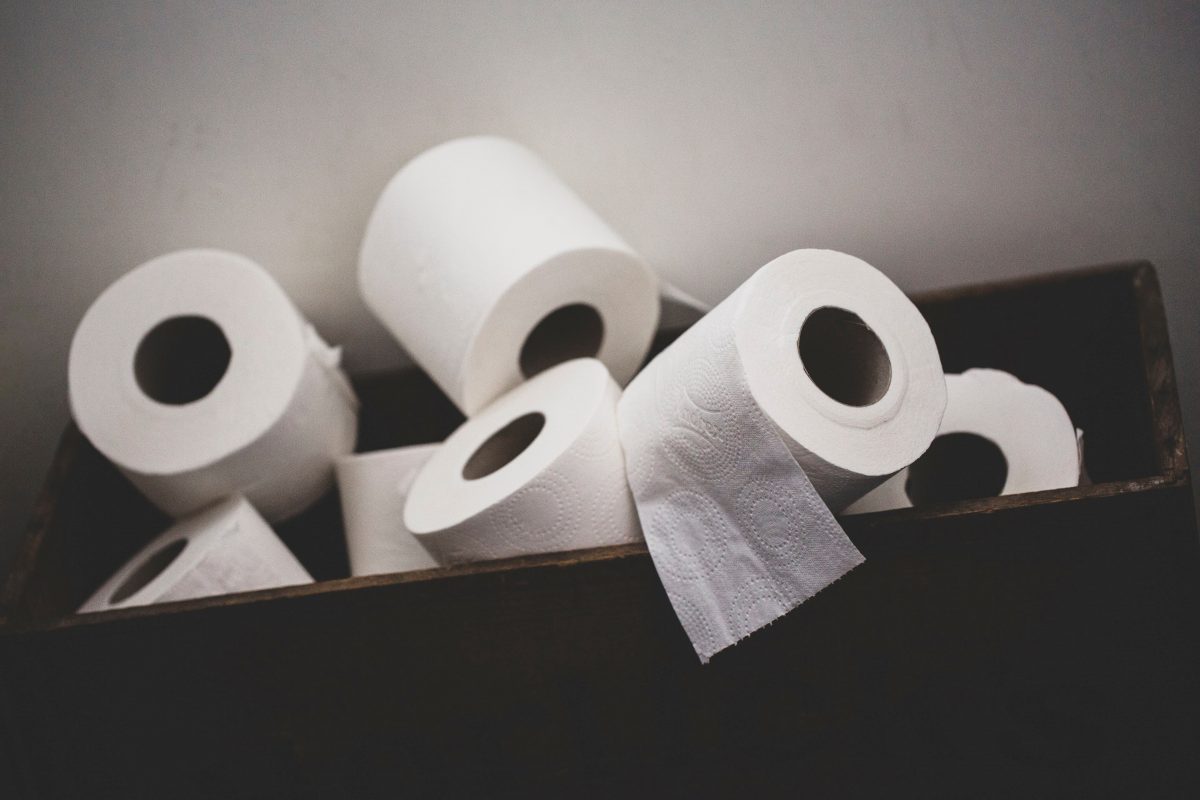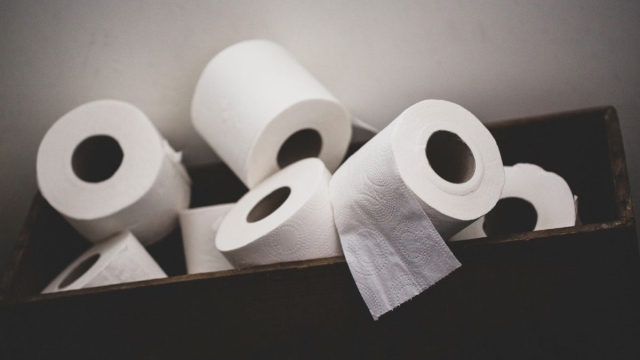Toilet paper, an everyday essential that we often take for granted, has an intriguing journey it embarks on before reaching our bathroom shelves. Have you ever stopped to wonder how this soft tissue marvel is actually made? Today, we’re lifting the veil on the secretive world of toilet paper manufacturing, delving into the intricate process that transforms simple materials into the rolls we rely on. Join us as we explore the fascinating realm of paper manufacturing, where creativity, technology, and precision seamlessly come together to produce our beloved bathroom staple. From pulp to ply, prepare to be amazed by the unseen journey behind every sheet of toilet paper we use.
The Papermaking Process
In toilet paper manufacturing, the journey begins with a renewable and sustainable resource ─ trees. These tall guardians of the environment are harvested and brought to the mill, where they undergo a remarkable transformation into the soft, fluffy rolls we all know and appreciate.
The first step in manufacturing toilet paper is preparing the pulp. Once the trees are stripped of their bark, they are chipped into smaller pieces and then pulped. The pulping process involves mixing the wood chips with water and chemicals to break down the fibers. This mixture is then heated and agitated to create a pulp that will serve as the foundation for the paper.
Next, the pulp is treated and refined to ensure its quality and strength. It goes through a series of screens and filters that remove impurities and unwanted materials. This refining process also helps align and arrange the fibers to give the toilet paper its desired softness and strength.
Once the pulp is ready, it is time for the papermaking machine to work its magic. The pulp is diluted with more water, forming a slurry that flows onto a mesh conveyor belt. As the water drains away, the fibers begin to bond together, forming a continuous web of paper. This web is then pressed and dried to remove any remaining moisture.
And just like that, the paper transforms from a formless pulp into the familiar rolls we find in our homes. It is then wound onto large spools and cut into individual rolls of various sizes. Finally, the rolls are packaged and prepared for distribution to stores and ultimately, our bathrooms.
Stay tuned for the remaining sections of this paper manufacturing guide, where we will delve further into the fascinating world of toilet paper production.
From Pulp to Paper
Toilet paper manufacturing involves several intricate steps, from converting wood pulp into the soft, delicate sheets that we use every day. In this section, we will delve into the fascinating process that takes place to transform raw materials into the bathroom essential we often take for granted.
The first stage of toilet paper manufacturing begins with creating the pulp, which serves as the foundation for the paper’s production. Wood pulp, derived from trees like spruces, pines, or firs, undergoes a rigorous process to remove impurities and extract the essential fibers. These fibers are then mixed with water, forming a slurry-like consistency that will be used to construct the paper.
Once the pulp is ready, it goes through a series of refining techniques to enhance its quality and texture. This refining process involves the use of mechanical actions, such as grinding and kneading, to break down the fibers further. The goal is to create a smooth and homogenous mixture that will ultimately result in the softness we associate with toilet paper.
After refining, the pulp undergoes a remarkable transformation into paper sheets. In this phase, the slurry is passed through a machine called a Fourdrinier, which spreads the pulp evenly onto a moving wire mesh. As the water drains away, the remaining fibers are pressed and dried to form a thin sheet of paper.
The sheets of paper are then carefully wound onto large rolls, ready to be transformed into the individual rolls that we find in our bathrooms. The manufacturing process continues with cutting the large rolls into smaller sections, perforating them to allow for easy tearing, and finally, re-rolling these smaller sheets into the familiar cylindrical shape we know as toilet paper.

As we conclude this section, we have witnessed the journey of wood pulp transforming into the paper sheets that bring comfort and convenience to our daily lives. Understanding the meticulous process behind toilet paper manufacturing sheds light on the unseen efforts behind this commonly used product, reminding us to appreciate the human ingenuity woven into even the simplest objects we encounter.
The Manufacturing of Toilet Paper
Toilet paper manufacturing is a fascinating process that involves several steps in order to create the soft, durable, and essential product that we use every day. In this section, we will explore the journey of toilet paper from raw materials to the finished rolls that ultimately end up in our bathrooms.
Raw Materials
The first stage of toilet paper manufacturing starts with the careful selection of raw materials. The primary material used in this process is wood pulp obtained from trees. The type of trees chosen varies, but some commonly used sources include spruce, fir, and pine. These trees are carefully harvested and processed to extract the wood pulp, which forms the foundation for creating the paper.
Paper Production
Once the wood pulp is obtained, it undergoes a series of processes to transform it into paper. The pulp is mixed with water to create a slurry, and any impurities or unwanted materials are removed through a refining process. This ensures that the resulting paper is of high quality.
Next, the pulp slurry is distributed onto a continuous moving mesh screen, forming a thin layer. As the water drains away, the fibers align and bond together, creating a continuous sheet of paper. This sheet is then pressed and dried to remove remaining moisture, resulting in a strong and flexible paper base.
Converting and Packaging
After the paper is produced, it goes through a converting process to transform it into individual rolls of toilet paper. The paper is cut into smaller sheets and then embossed to provide texture and improve absorption. These sheets are then bonded together, rolled onto cardboard cores, and cut into the familiar roll shape.
Once the rolls are formed, they go through final quality checks and are packaged for distribution. Each package is carefully sealed and labeled, ready to be shipped to stores or used in various commercial settings.
In conclusion, the manufacturing of toilet paper involves sourcing and processing raw materials, transforming the wood pulp into paper, and converting it into the familiar rolls we use. Each step is crucial in creating the soft and dependable toilet paper that we rely on in our daily lives.
